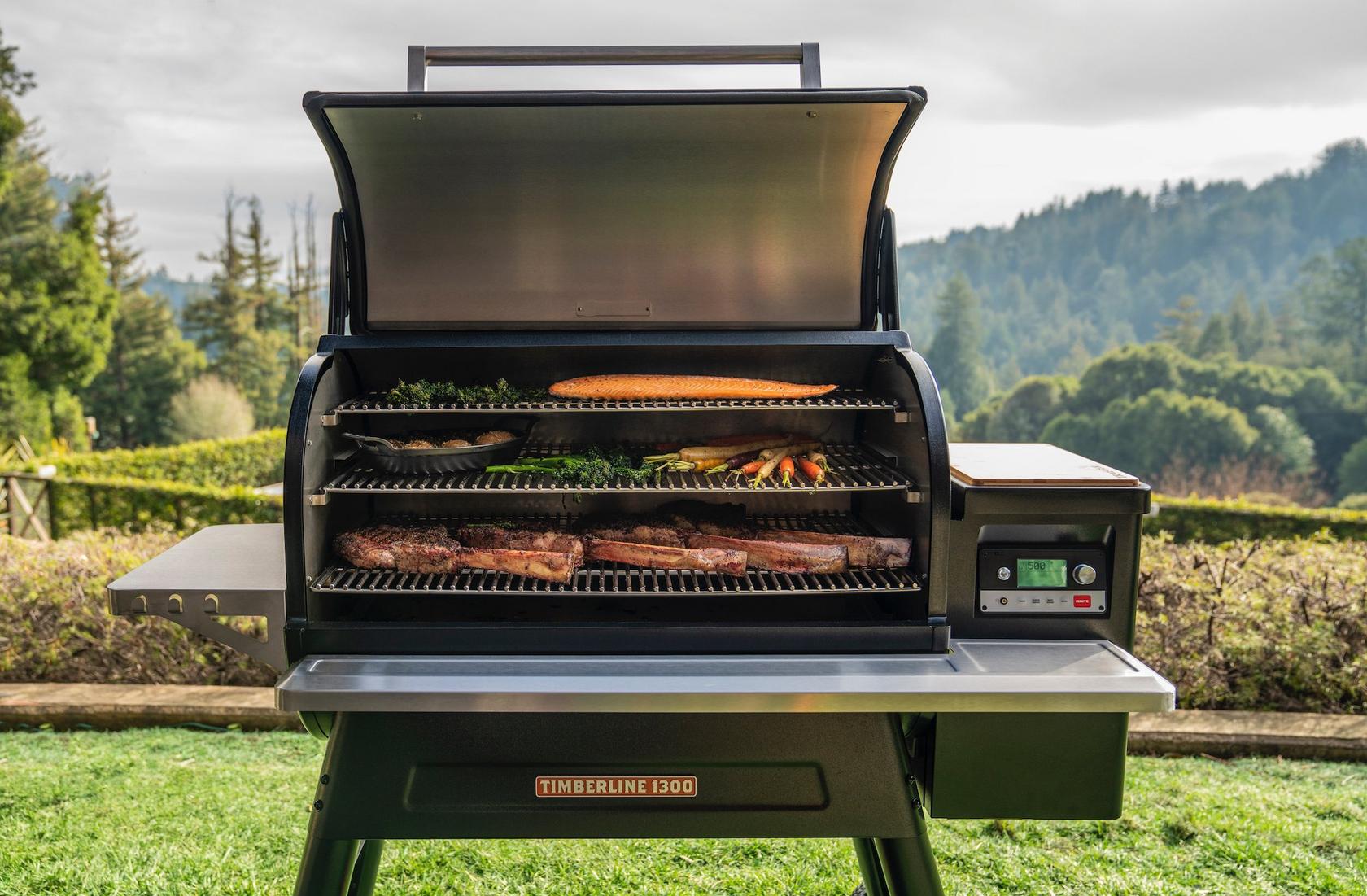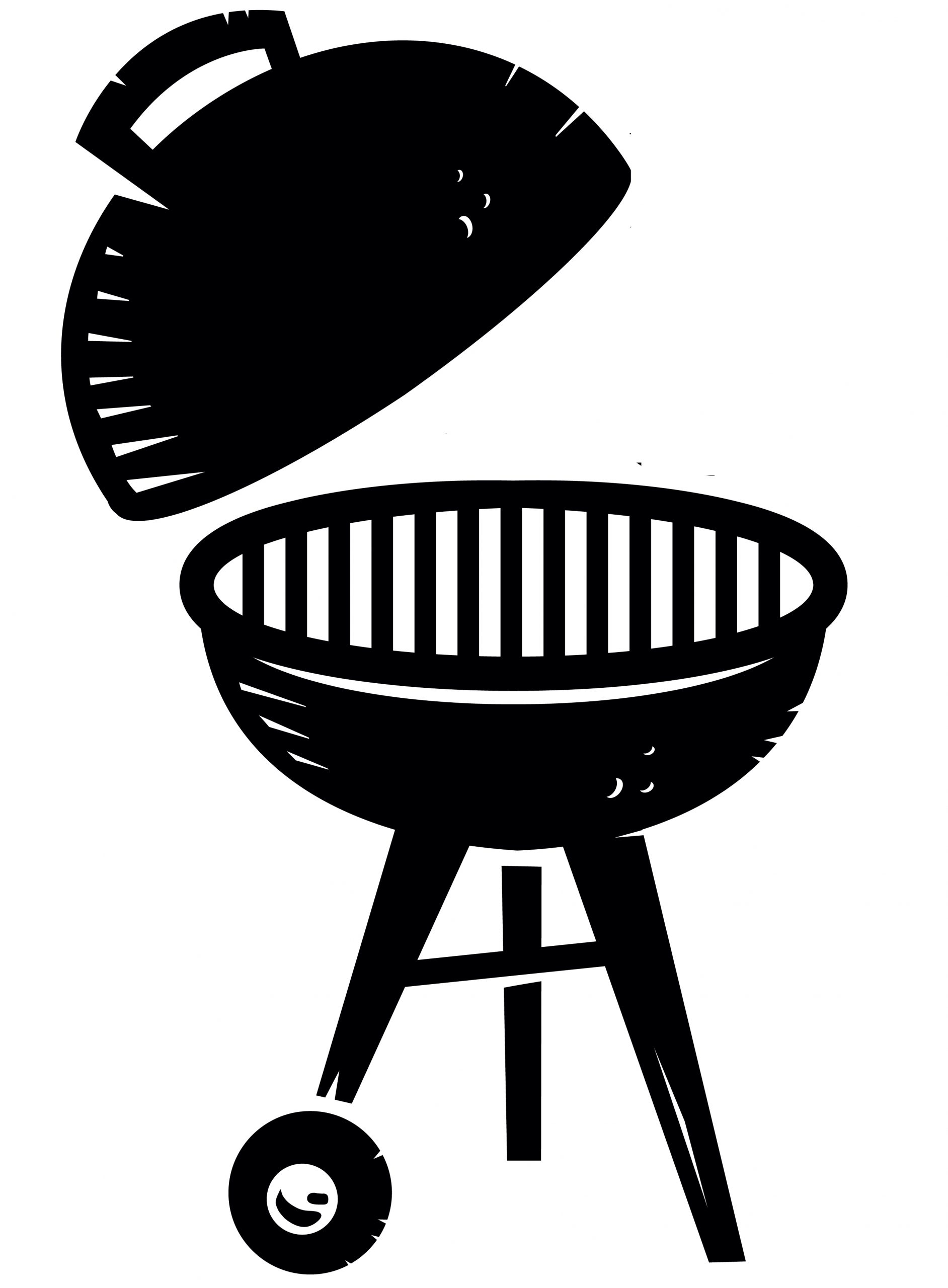Pellet grills are reshaping outdoor cooking by merging versatility, efficiency, and rich, smoky flavors. Whether you're a grilling beginner or a seasoned pro, understanding how pellet grills work and why they're gaining popularity can help you appreciate why they are becoming a preferred choice for many outdoor chefs. This guide dives into the mechanics of pellet grills, their benefits, and how they stand out from traditional grilling methods.
How Do Pellet Grills Work?
Pellet grills operate using wood pellets, which are compressed sawdust that serve as both the fuel and flavor source. Thanks to their advanced design, particularly the digital controller, pellet grills offer precise temperature regulation. Here's an overview of how they function:
- Pellet Hopper: Holds the wood pellets and automatically feeds them into the grill based on the desired temperature.
- Auger System: Moves the pellets from the hopper to the fire pot, controlling the feed rate to maintain steady heat.
- Fire Pot: Ignites the pellets, producing a steady source of heat and smoke.
- Fan: Distributes hot air and smoke evenly inside the grill, ensuring uniform cooking.
- Drip Tray: Catches food drippings, adding flavor and moisture while preventing flare-ups.
This combination of wood pellets and convection heat provides pellet grills with the ability to grill, smoke, roast, and bake with minimal effort, making them ideal for those seeking precision and bold flavors.

Why Pellet Grills Are a Game-Changer
Pellet grills come with several notable advantages, making them a popular choice among outdoor cooking enthusiasts:
Versatility in Cooking Styles
Pellet grills excel in various cooking methods, from grilling and smoking to roasting and baking. The design integrates convection cooking with wood-fired heat, allowing you to use the grill for a wide array of culinary techniques—all with one appliance.
Consistent Temperature Control
One of the most significant benefits of pellet grills is their ability to maintain precise temperatures. Unlike traditional charcoal or gas grills, which require constant adjustments, pellet grills automatically regulate heat. The digital thermostat and pellet delivery system help stabilize temperatures, typically staying within a 10-15 degree range of your desired setting.
Natural Wood-Smoked Flavor
Pellet grills enhance the flavor of food with the smoky taste of natural wood. Wood pellets come in a variety of flavors such as hickory, mesquite, and applewood, allowing you to customize your flavor profile and elevate your meals—from beef to poultry—with the perfect touch of smoke.
Ideal for Low-and-Slow Cooking
For those who enjoy slow-cooked barbecue, pellet grills are perfect. They maintain low temperatures over extended periods, making them ideal for slow-smoking meats like brisket, ribs, and pork shoulder, resulting in a tender, flavorful finish.
Simple Operation
Pellet grills are much easier to use than traditional grilling methods. Simply load the hopper with pellets, set the desired temperature, and let the grill do the rest. Many models even offer Wi-Fi or Bluetooth connectivity, so you can monitor and adjust your grill remotely.
:max_bytes(150000):strip_icc()/Testing-Recteq_8-RussellKilgore-0056-7e77c92558c8465dbb31bae17816f03b.jpg)
Key Features of Pellet Grills
Pellet grills stand out due to certain key features that enhance their cooking capabilities:
Automated Pellet Feeding
An integrated auger system automatically feeds pellets into the fire pot, ensuring consistent fuel supply and eliminating the need for constant attention during cooking.
Convection Heat Distribution
A fan-driven convection system ensures even heat and smoke circulation, reducing hot spots and helping retain moisture, which results in juicier dishes.
Built-In Temperature Probes
Many pellet grills feature built-in temperature probes, allowing you to monitor the temperature of your food without lifting the lid—ideal for long, slow smoking sessions.
Wide Temperature Range
Pellet grills typically offer a broad temperature range, from 180°F to 500°F or higher, making them suitable for various cooking methods like grilling, baking, and smoking.
Choosing the Right Wood Pellets
One of the standout benefits of pellet grills is the range of wood pellet options available, each imparting unique flavors:
- Hickory: A strong, smoky flavor, great for beef and pork.
- Mesquite: A bold, earthy taste, perfect for steaks and brisket.
- Applewood: A mild, fruity smoke, ideal for poultry and pork.
- Cherry: Sweet with a hint of tartness, works well with fish, pork, and poultry.
- Oak: A balanced flavor, versatile enough for any meat.
Choosing the right pellet type lets you personalize your cooking and enhance your dishes with distinctive wood flavors.
Pellet Grills vs. Other Grill Types
Pellet Grills vs. Charcoal Grills
While charcoal grills offer a classic grilling experience with intense heat and smoky flavors, they require frequent monitoring and manual adjustments for temperature control. In contrast, pellet grills automatically manage heat levels, making them easier to use while still delivering excellent results.
Pellet Grills vs. Gas Grills
Gas grills are convenient and quick to heat up, but they lack the deep, wood-fired flavor of pellet grills. Additionally, gas grills may struggle with even heat distribution, leading to inconsistent cooking. Pellet grills, however, provide steady, uniform heat, ensuring consistently perfect meals.

Conclusion: Why Pellet Grills Are the Future of Outdoor Cooking
Pellet grills combine the traditional appeal of wood-fired flavor with modern technology, offering convenience, versatility, and precision. Whether you're smoking, grilling, or baking, pellet grills provide easy operation, exceptional control, and rich flavors, making them a must-have for outdoor cooking. With various wood pellet choices and dependable temperature control, every meal is sure to be delicious, juicy, and cooked to perfection.
This guide has highlighted why pellet grills are rapidly becoming the go-to choice for grilling enthusiasts, offering superior convenience and flavor when compared to other grilling methods.
